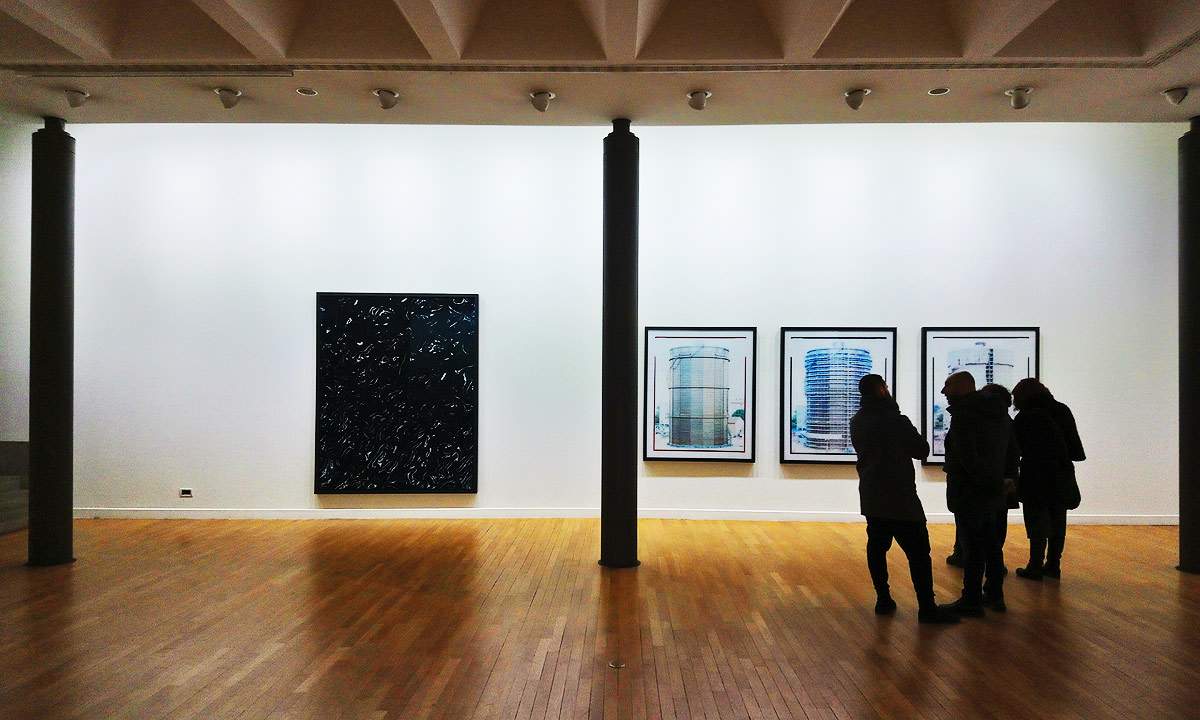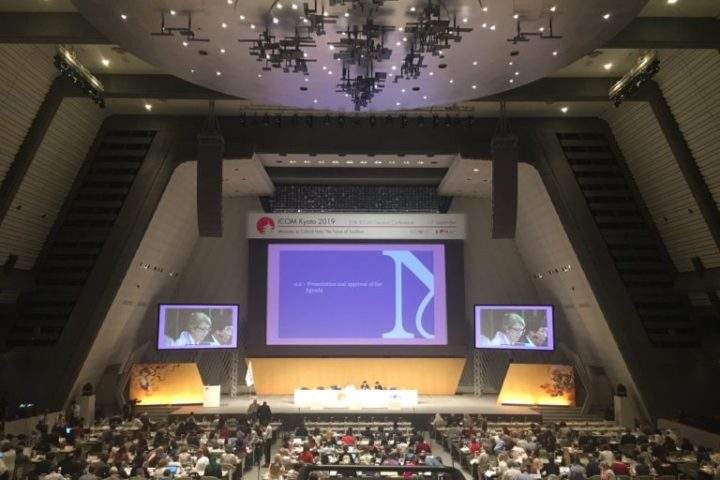Last week ICOM announced a new definition of museum to replace the one in place since 2007. The process was no stranger to controversy, not to mention resignation, with a definition with a dual purpose proposed in 2019 and sent backto the discussion tables for various reasons, some of which were also discussed in a first and second article I wrote long ago.
The definition of a museum, unanimously approved by ICOM delegates, reads as follows: “A museum is a permanent nonprofit institution serving society that researches, collects, preserves, interprets and exhibits tangible and intangible heritage. Open to the public, accessible and inclusive, museums promote diversity and sustainability. They operate and communicate ethically and professionally and with community participation, offering diverse experiences for education, pleasure, reflection and knowledge sharing.”

This is a definition of compromise.
A cursory glance at some of the opinion articles written in the last week suggests as much. Artnewspaper, for example, describes it as a significant change, but one that was also the “result of too much compromise by more conservative bodies in the museum community.” The same goes for Hyperallergic.com, adding that some consider the newly adopted definition insufficiently transformative. Artnet news, on the other hand, points to the addition of thirteen "new words or concepts that reflect the evolving nature of the role of museums within society, " which are included in a definition framework that has been in place since the first ICOM museum definition dating back to 1946. The European Heritage Tribune also recalls that the original definition of “museum” has maintained some consistency since then. The same sense of compromise was found in the posts of ICOM conference participants shared on social media.
As I see it, the new definition of museum is the result of what I call “looking in the mirror.” It is the field itself, in broad terms, defining itself. It is, for all intents and purposes, a subjective definition of “who we are,” which is a far cry from an outsider’s objective view or “who and what we are recognized or represented for.”
Mirror gazes can be quite limiting at times. This particular mirror gaze, however, recognizes the latest developments that have prompted change only fifteen years after the museum was defined in 2007. But what is the weight of this mirror gaze and what impact are we talking about?

The methodology is clear enough, but once one digs deeper...what many seem to have missed in their analysis of the outcome is the process that produced the new definition of a museum, clearly spelled out by the committee that led the process (ICOM Define), and which was also the subject of an in-depth concluding report. Although the general participation of National Committees (NCs), International Committees (ICs), Regional Alliances (RAs) and Affiliated Organizations (AOs) in the process that led to a new museum definition is set at 70 percent, participation was much lower at specific stages within the process.
The report cites, for example, that at one stage “a major effort was made to try to increase the participation of underrepresented regions. This led to an increase from 30 percent to 55 percent in Africa and from 33 percent to 40 percent in the Arab states.” At a later stage, “the response rate of international committees dropped from 81 percent to 56 percent.” Toward the end of the process, “ICOM Define received 85 responses in this consultation, representing 48 percent of the committees.”
There was indeed some participation across the board, but this seems to have declined as the process went on. The look in the mirror may be incomplete, perhaps even unfocused, which is still, for all intents and purposes, subjective.
The definition will be the yardstick for museums’ institutional requirements and its registration schemes around the world, but beyond that...
Within this compromise definition, I must say, there is room for a broad spectrum of progressive and conservative museum institutions. Recognizing the new definition and working with it is one thing. Positioning the specific museum institution within this new definition framework is another. In addition to the regional contexts to be considered, mirror looks can be limiting, not to mention possibly misleading, in that they are not fully representative. It would be interesting, for example, to see how museums lean toward the multiplatform idea and the phygital position itself within this definition. I will discuss this in more detail in future articles.
It is a fact that a new terminology has been grafted on, which, as a result, acknowledges the developments that have taken place over the past decade. But this aspect stops here. It is up to the specific museum institution to make sense of that development, which the new museum definition largely recognizes. We can take the reference to community participation as an example. When viewed through the lens of Arnstein’s Citizen Participation Scale, this may recall such an aspect as consultation, but it could also refer to citizen control, including delegation and partnership. Both fall comfortably within the parameters of community participation.
Looking in the mirror is one thing. Public perception and user needs are another. As societies continue to evolve and new ways of living become more prevalent, as the demand for personalized experiences and customized content has become the norm rather than the exception, the challenge museums will continue to face will be to retain their audiences and build communities whose user needs and requirements go beyond definition. I wrote about this point in a previous article.
However, consensus has its strengths. Many museum institutions may feel that the newly voted definition of a museum is not progressive enough, perhaps even restrictive and limiting. Others may find it broad enough to allow them, hopefully, to develop further. What specific museums do with it, beyond institutional or legal requirements, is something different. In my view, museums would be making a big mistake if they chose to view this definition as an end point, or what a museum should be, rather than a starting point, or what a museum is currently like.
The present is now firmly established by the definition just voted on. The future, however, may point much more in the direction of the definition voted down in Kyoto in 2019. Hopefully, this time it will take less than 15 years.
Warning: the translation into English of the original Italian article was created using automatic tools. We undertake to review all articles, but we do not guarantee the total absence of inaccuracies in the translation due to the program. You can find the original by clicking on the ITA button. If you find any mistake,please contact us.